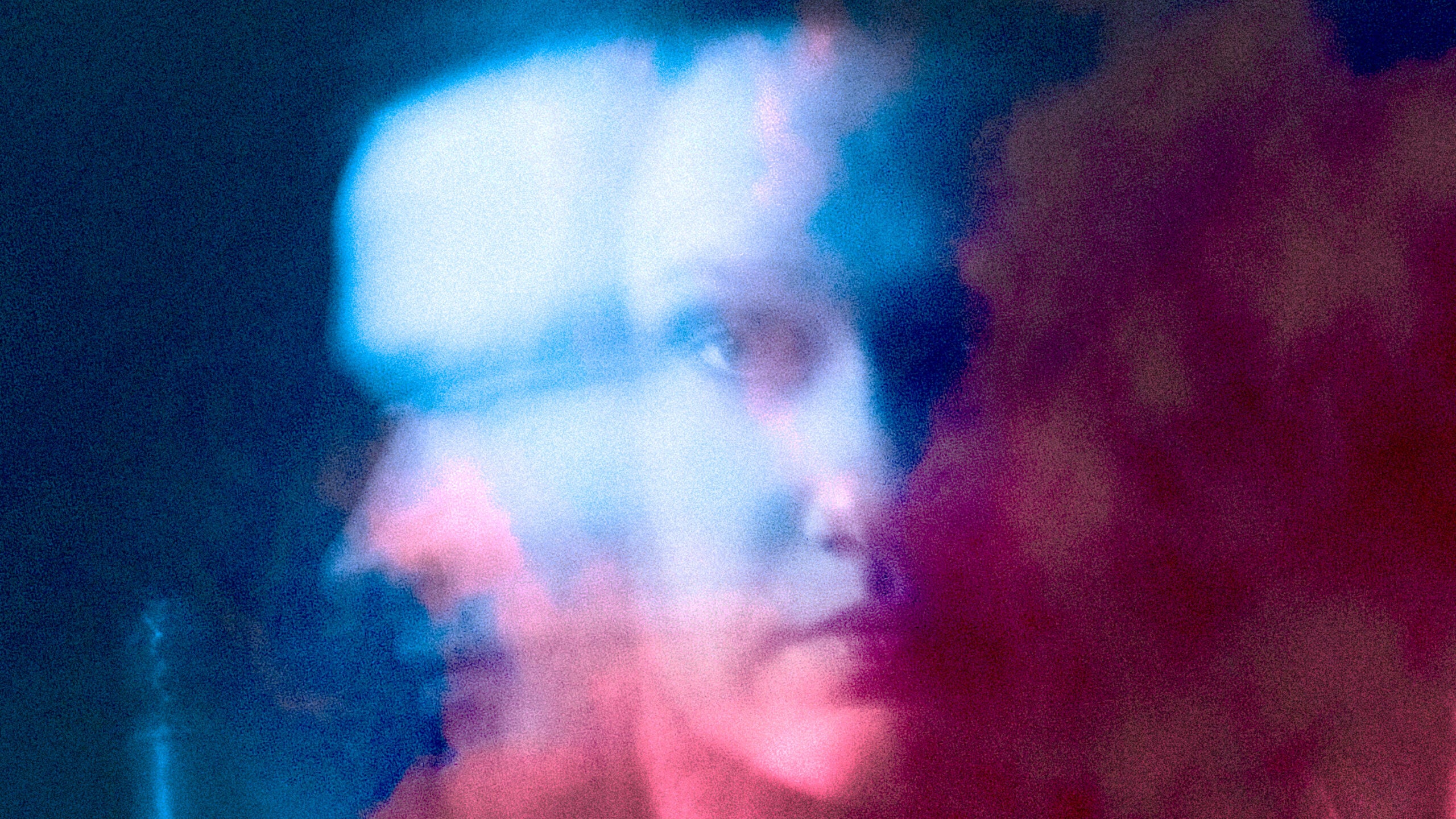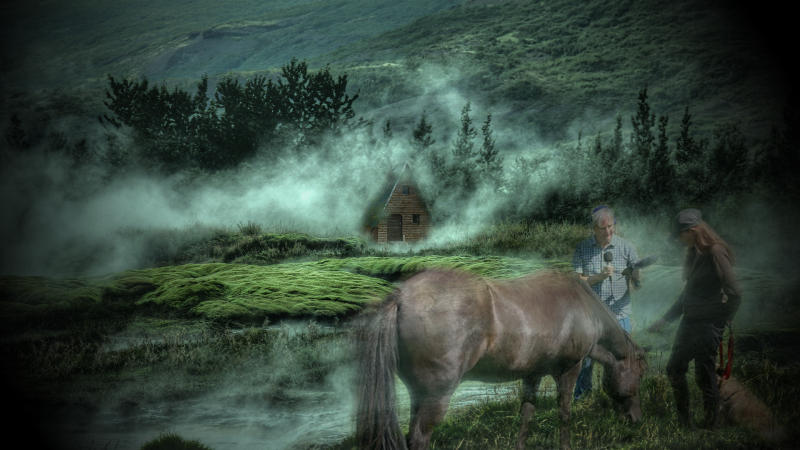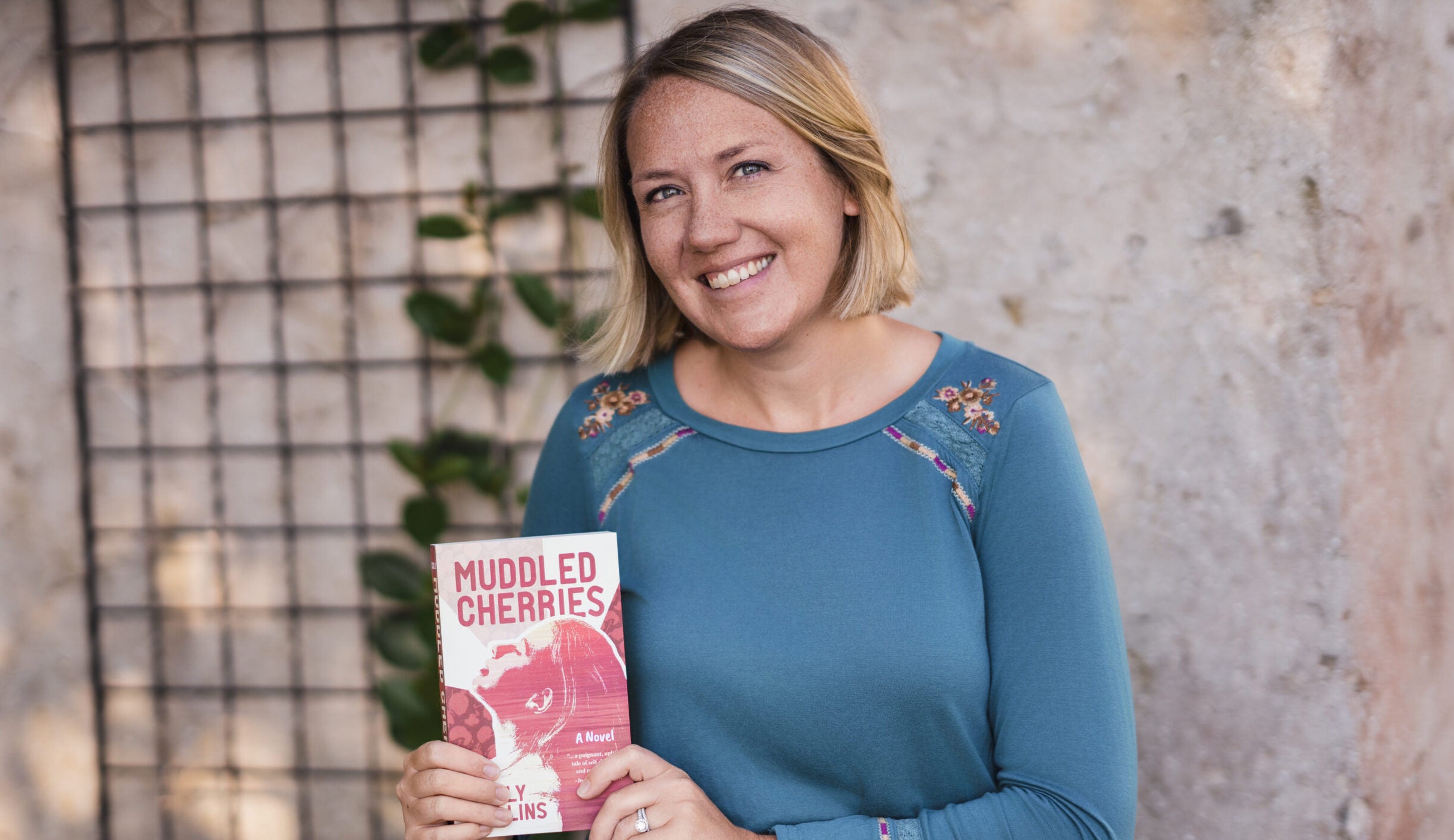Writer Susan Cain has a talent for uncovering deep emotions and undervalued personality traits.
In her bestselling book, “Quiet,” she argues that introverts have a quiet power and moral integrity that’s often ignored by a culture obsessed with extroverts. In her new book “Bittersweet,” she says the experience of sadness can help us feel whole, even though no one really wants to be sad.
Cain says “bittersweet” is one of those words we use without really understanding what it means.
Stay informed on the latest news
Sign up for WPR’s email newsletter.
“I think we tend to use it to describe a particular moment in time — but to me it also describes a kind of state of being,” she said. “A kind of intense awareness that in this life, joy and sorrow and light and dark are always paired. In fact, there’s a wonderful Arabic proverb that goes, ‘Days of honey, days of onion.’”
Cain says this feeling of bittersweetness has other rewards: “It’s an intense awareness of the fact that everyone and everything that we love will not live forever. The amazing thing that comes with this awareness is an intense sense of beauty — the beauty of the world and the joy of the world that almost mysteriously comes with this apprehension of its bittersweetness.”
Susan Cain spoke with Steve Paulson for “To The Best Of Our Knowledge.”
This transcript has been edited for clarity and length.
Steve Paulson: There’s a phrase that philosophers use — they talk about the “paradox of tragedy.” We often gravitate towards things that do make us sad, like movies or songs, even though most of us would say the last thing in the world we want is to be sad. How do you explain this?
Susan Cain: This is something philosophers have been wondering about for thousands of years. I explain it this way: When you look at the kind of art that people tune into — whether it’s sad songs or sad movies or Greek tragedy or whatever it is — what you realize is that these things that we’re tuning into are not only sad, they’re sad and they’re beautiful. They’re the two combined.
Researchers have actually looked at what happens when we look at a series of pictures of just pure sad faces. We don’t actually love that. So it’s the sadness and the beauty together that we love. The romantic spires poking through the clouds. That’s what we love.
SP: Why don’t we just want the beauty in itself? Why does the sadness have to come with it?
SC: The reason is that we are all creatures who are born into this world with a fundamental longing for a more perfect and beautiful world. And we know this because every one of our religions has told us this story. We’re longing for the Garden of Eden or longing for Mecca or longing for Zion. The Sufis call it the longing for the beloved of the soul.
And then we see it in our art. Dorothy in “The Wizard of Oz” is longing for somewhere over the rainbow. Or Harry Potter enters the story at the exact moment that he’s just become an orphan and he’s going to spend the rest of his life longing for these parents who he can’t remember.
That’s fundamental to the human condition, and that sense of longing is also one of our greatest strengths and powers. It is our creative source. It’s also our spiritual source. Our religions tell us this. So whether we’re atheists or believers, it doesn’t make a difference. This is still fundamental to our DNA.
SP: What you’re saying seems so true to me. And yet we in the U.S. live in a culture that’s obsessed with positivity. You call it the “culture of positivity.” We’re expected to put a good face on a bad situation. That’s a problem, isn’t it?
SC: It is a problem. It leaves us especially ill-equipped when difficult moments do happen, like the one we’ve been in these last couple of years. Well, you could say the last couple of years with the pandemic, or you could say, more broadly than that, with the broader social fraying that we’re having.
The problem with only being positive is that we’re not telling the truth. We’re not tuning into some of the deeper states that we have — our ability to connect with each other, which depends to some degree on being able to respond to each other’s suffering, which is what humans are designed to do.
That’s not just a Sunday school teaching. We’re evolutionarily designed to react when we see another being in distress. And this started because we needed to be able to care for our crying babies. That was the only way they were going to survive. But that impulse is bigger and broader in us. So to only tune to the positive, you could call it a spiritual impoverishment.
SP: What would our culture look like if we were not always putting a good face on everything? If we show that life really is hard, if that’s just out there for everyone to see?
SC: Well, for one thing, it would just be more interesting. People would talk to each other in a more real way. I also hold out the hope that to do this could repair some of the fraying social bonds that we’re experiencing.
In our body, we have the vagus nerve — it’s the biggest bundle of nerves we have. And it’s so fundamental. It regulates our breathing and our digestion. It’s a very ancient part of the human body.
Our Vagus nerve also reacts when we see another being in distress. So if we could figure out a way for people on opposing sides of political divides or class divides just to be telling each other their stories — absent any discussion of politics or policy, just to be talking about who they truly are — I think that could move us along towards seeing each other as humans again.
SP: How has the COVID-19 pandemic changed your thinking about this whole subject of the bittersweet? Has it complicated things for you?
SC: For me, it’s actually simplified things. I’ve been working on “Bittersweet” for years now, so long before the pandemic. I’ve been wondering about sad music for decades.
So to me, before the pandemic, it had always seemed like this strange thing to me, that if times were good, that was all anybody thought was real. And then when times are bad, that’s all anyone thinks is real.
So to me, the pandemic is a bit of an opening up to talk about all sides of human experience.
SP: But you’ve also been really hit personally by it. Your brother died of complications from COVID-19, right?
SC: Yeah. My brother and my father, both of them. My brother was a doctor at a hospital in New York City — it was very early on in the pandemic. And then my father about a year later. So the pandemic has definitely been full of grief, but not surprise.
SP: It does make me wonder if the wound is just sometimes too deep to heal.
SC:I think there are some wounds that are too deep. But many wounds heal much more than we think they would ever be capable of. I think both of those things are true.
SP: Do you have thoughts on how we as a society, collectively, can become whole again after so much grief and trauma? I mean, most obviously because of COVID-19, but also because of all the other stuff that’s happening in our culture.
SC: I think we have to do two opposing things simultaneously.
One of those things, as I say, is to make way more space than we do to be able to tell each other what we’re actually feeling. I go in and I talk to a lot of workplaces — I’ll come into a Zoom meeting, and before we get started, someone will ask, “How’s everybody doing today?” Everybody types into the chat box about how they’re doing so great and they’re so thrilled and they’re so pumped and they’re so grateful.
And it’s great if they’re all feeling those things, but I often wonder, what are the chances that everyone truly is feeling what they’re purporting to? So on the one hand, making a lot more space than we do would be incredibly useful.
Then on the other hand, we need more gateways for tuning into not just a superficial happiness, but into deeper states of beauty and joy. Really actively working those into our days, to begin our days by tuning into beauty. And that’s something people could do in their workplaces, to share with each other daily shots of beauty. I think we need more space for that as well.
SP: How do you try to do that in your own life?
SC: I actually started this during the pandemic — I started actively following a lot of art accounts on Twitter. So my feed now is full of art. Especially while I was writing the book, every morning I would begin the workday by choosing a favorite piece of art and then sharing it on my social channels. I would usually pair it with a favorite poem or quotation or idea or something like that.
It often took quite a while to assemble it, but it was such a grounding and uplifting way to start my work day. What it really did was connect me with this whole community of people who are oriented in that direction, too. And that’s been just an incredible gift.




